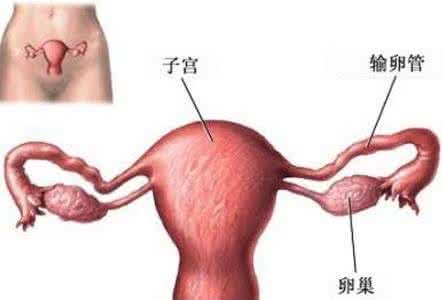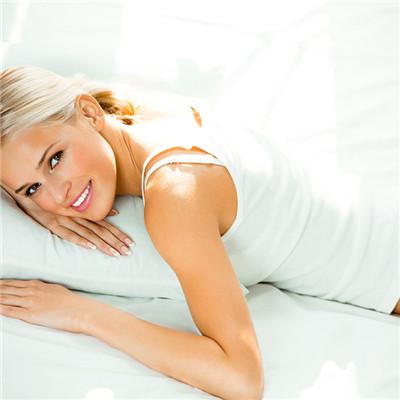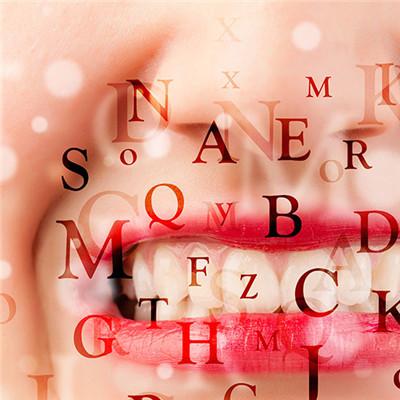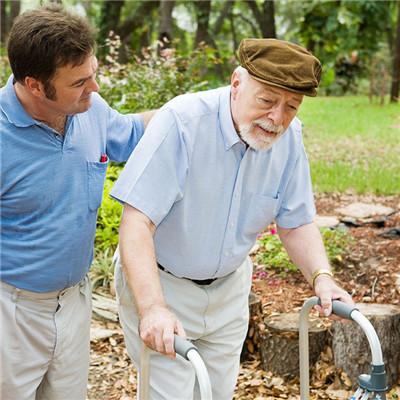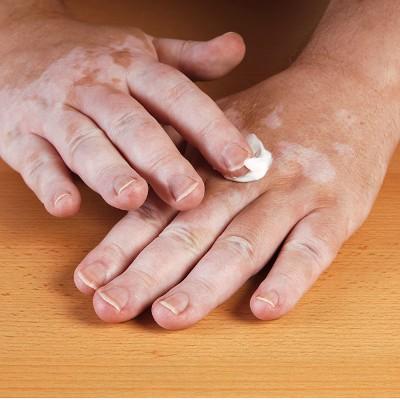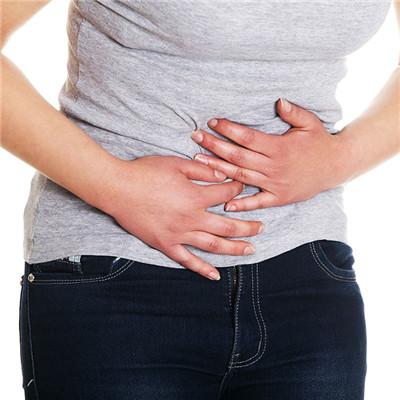How to protect occupational noise deafness?
summary
The harm of noise to hearing is often ignored. Hearing loss refers to the decrease of hearing sensitivity, increase of hearing threshold, hearing impairment and even hearing loss caused by noise. There are two types of hearing loss: temporary hearing loss and permanent hearing loss. After the occurrence of noise deafness, the earliest symptom is tinnitus, often high pitched tinnitus. Another symptom is progressive hearing loss, which can be accompanied by vertigo, headache and other symptoms. Because the working environment produces strong noise, the impact on listening is not small. Let's take a look at the following.
How to protect occupational noise deafness?
First, reduce contact time. For example, in the sound room, the work breaks or reduce the time of workers exposed to noise every day and reduce the incidence rate. Under the possible conditions, workers can work in a quieter workshop after a period of time in the noise workshop. Rotation of jobs can also reduce hearing damage, or organize work breaks and do workshops.
Second: ear sound insulation. Workers exposed to noise should wear ear protectors. Generally, simple earplugs should be used when working in 80dB noise environment for a long time; protective tools must be used when working above 90dB.
Third: if it's simple, you can use cotton to plug the external auditory meatus, and then apply Vaseline. The sound insulation value can reach 30dB. Personal ear protectors can be divided into earplugs, earmuffs and acoustic caps. The earmuff and sound insulation cap can not only eliminate the air conduction of sound waves, but also eliminate the transmission of noise through the skull, which has the function of shockproof. Earmuffs are better than earplugs in sound reduction and comfort, but they are bulky and inconvenient, and can not be used because they have worn other protective masks. The combined application of earmuffs and earplugs can increase the protective efficiency. Ear protectors can not only delay and reduce noise, but also prevent noise induced deafness, reduce tinnitus and pain, and improve pain threshold. Otoscope and audiology examination should be conducted before using ear protectors, and they should be kept clean after use.
matters needing attention
Any noise above 85dB is damaging. There is no good treatment method and expected therapeutic effect for noise induced deafness. Therefore, it is very important to take protective measures and occupational health monitoring for workers who have been exposed to noise for a long time. At present, the effective and feasible methods are: on the one hand, try to reduce the noise; on the other hand, strengthen the personal protection of noise exposed personnel.


